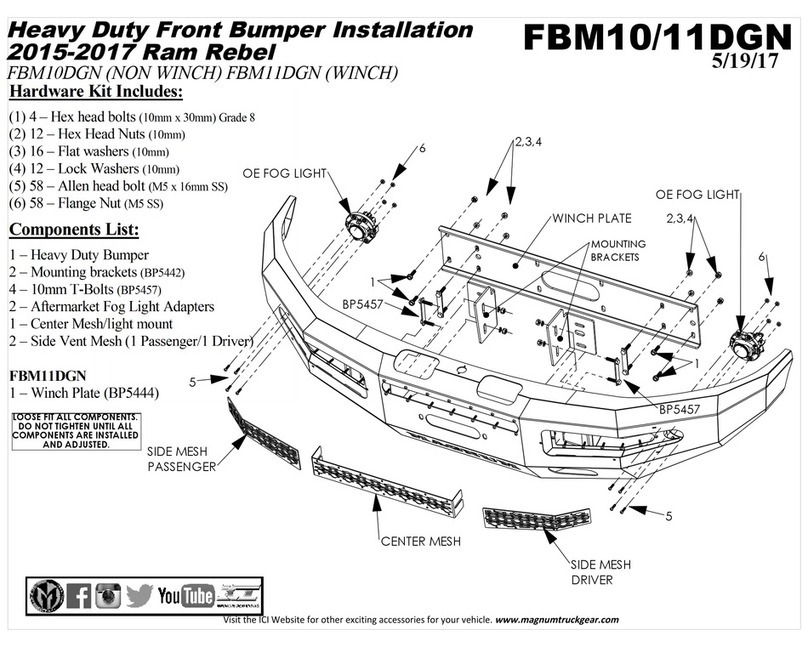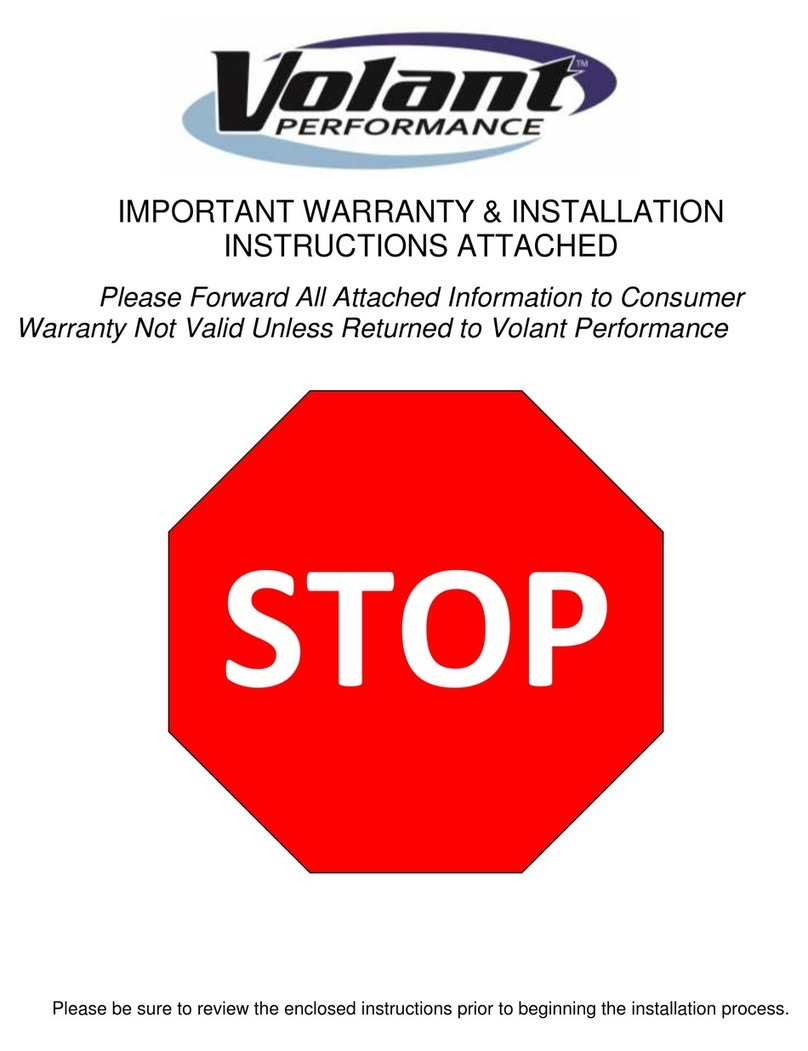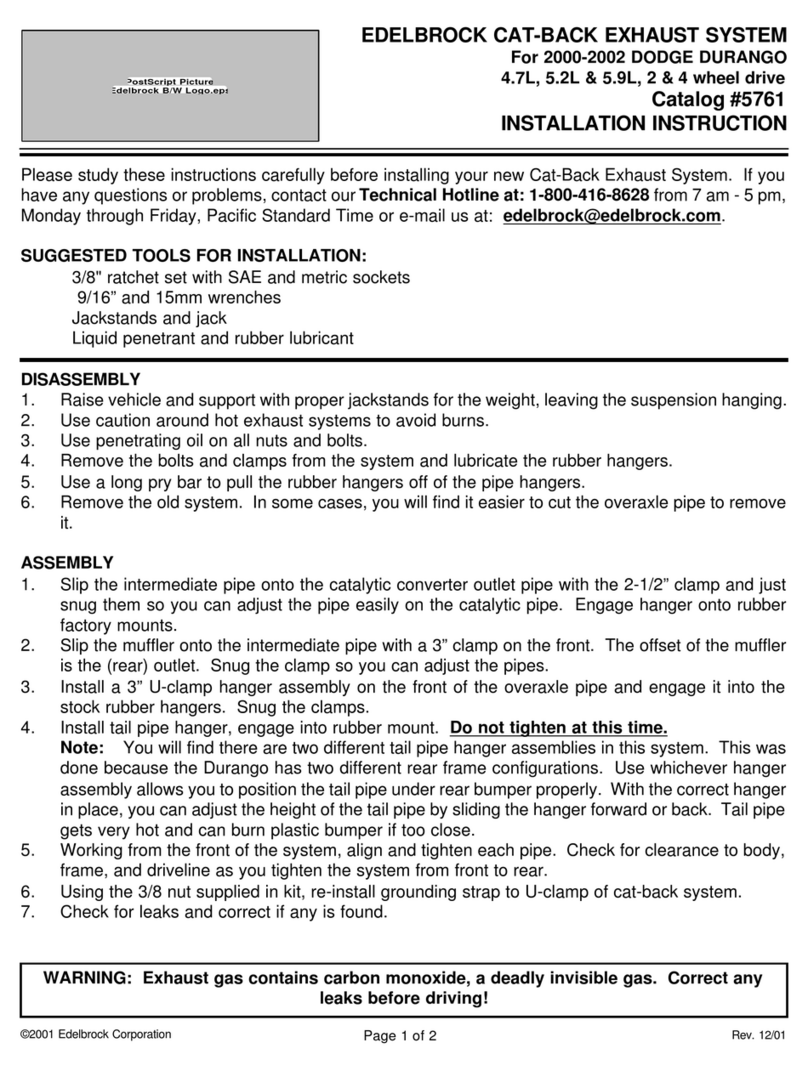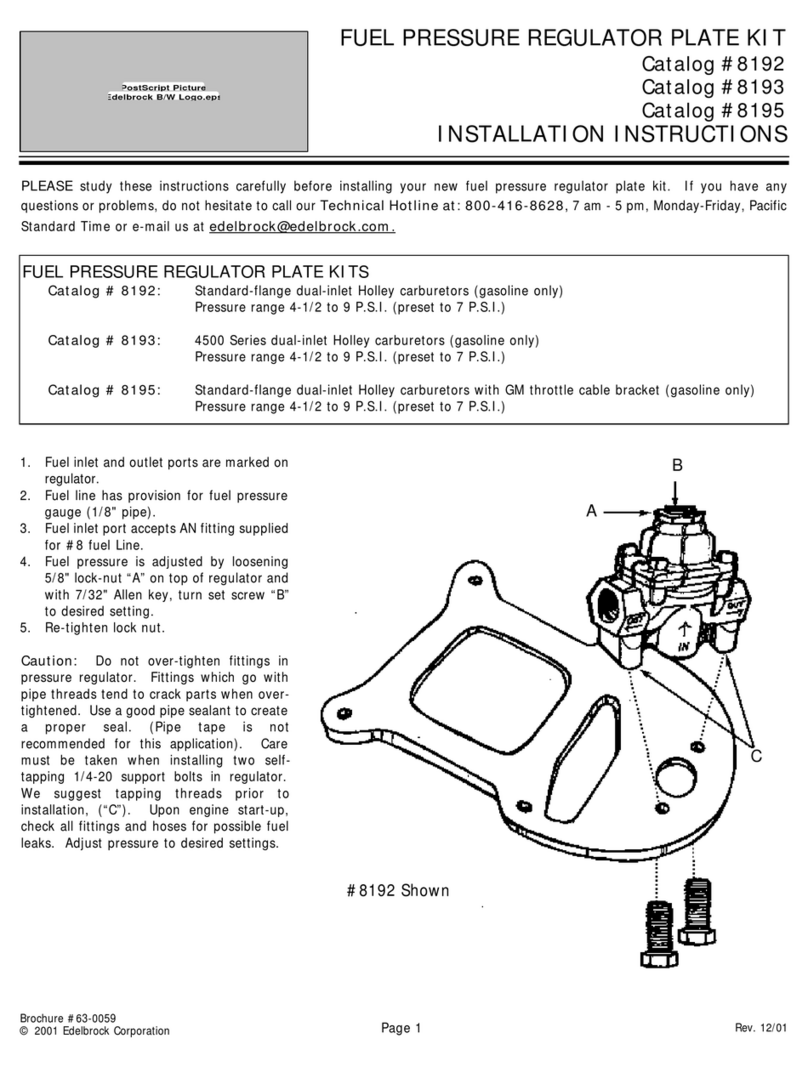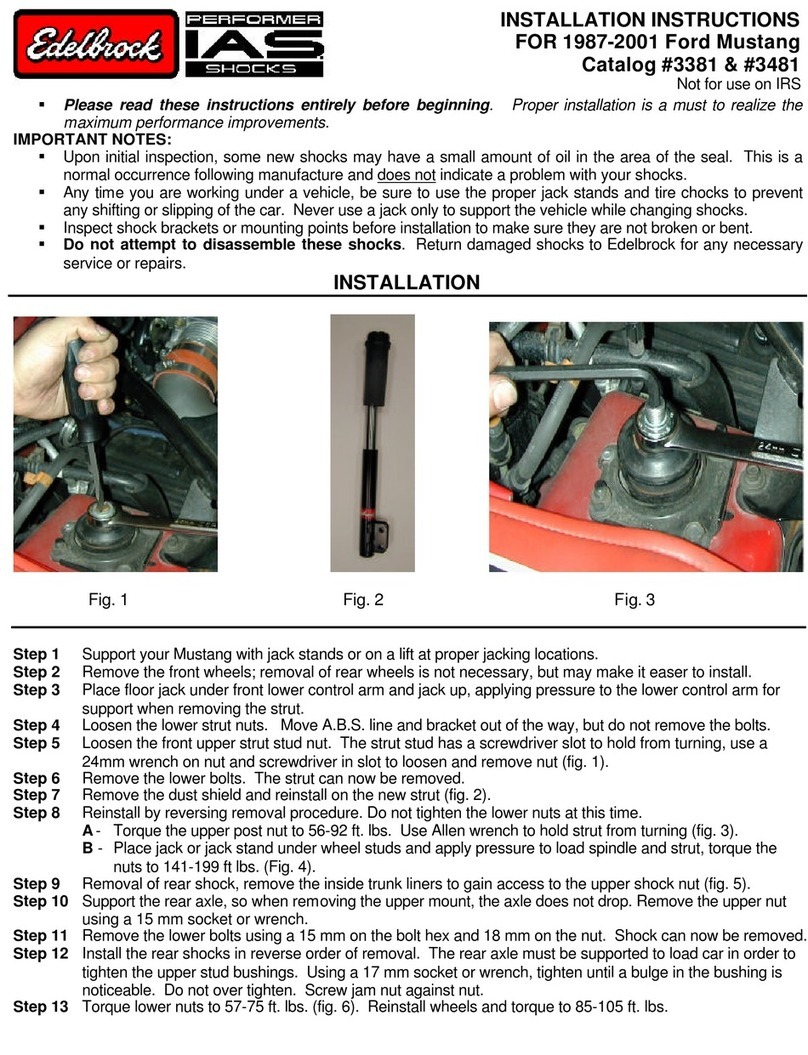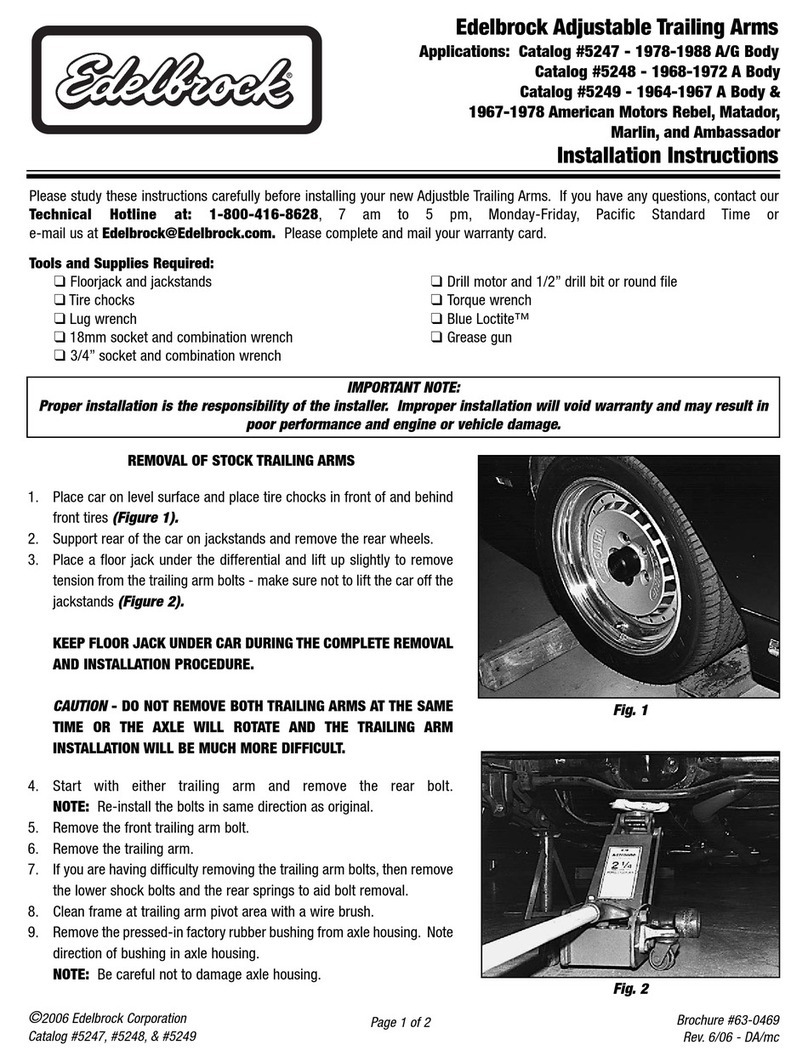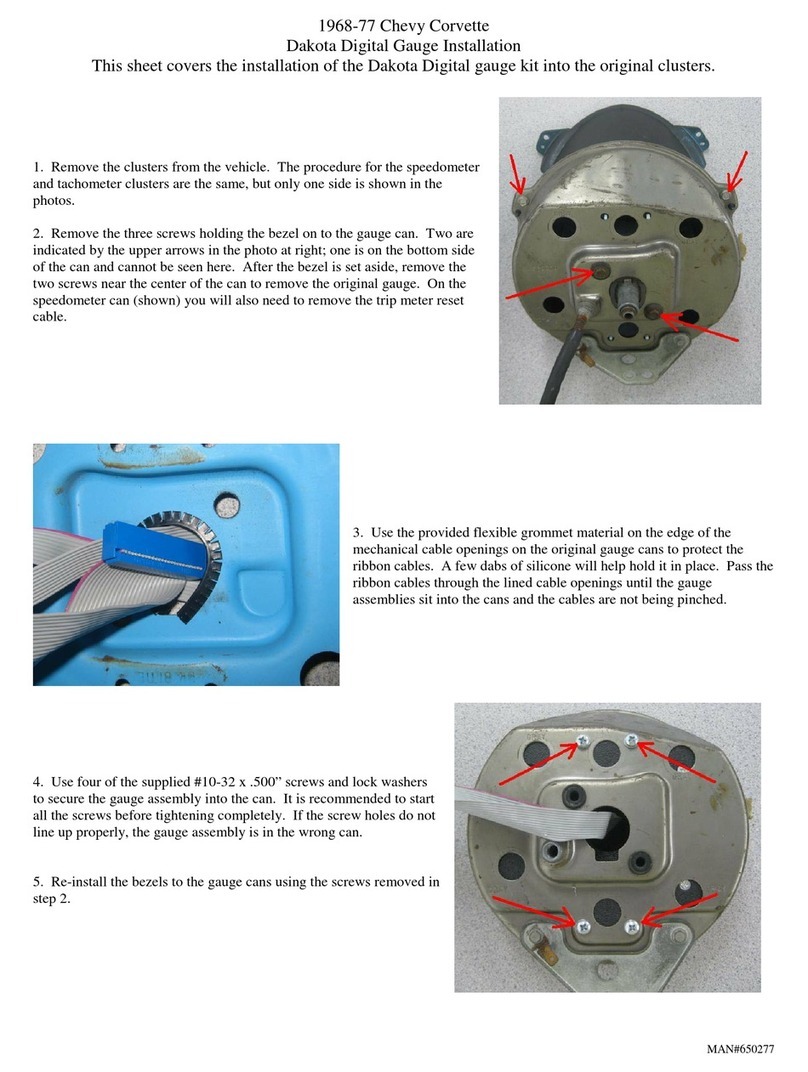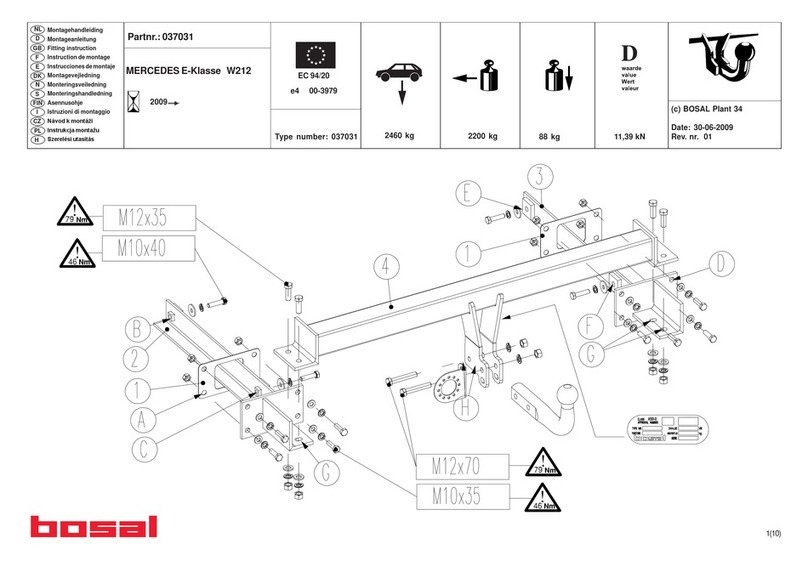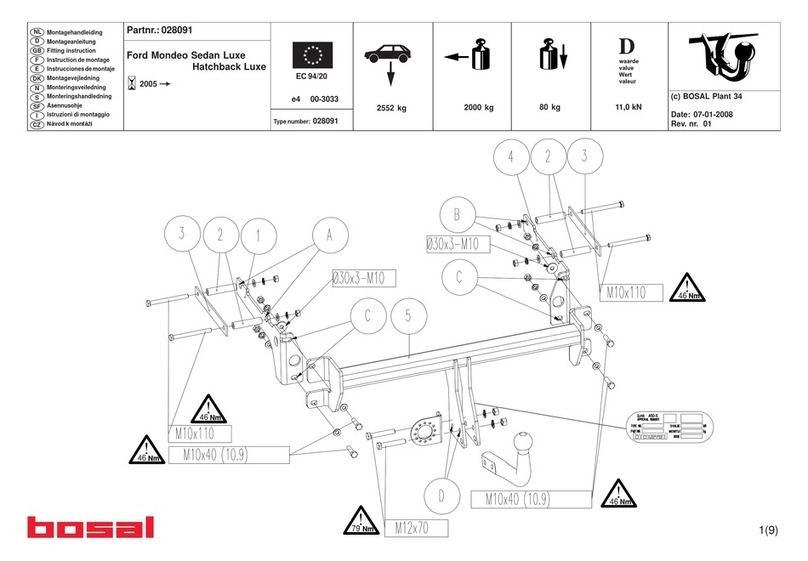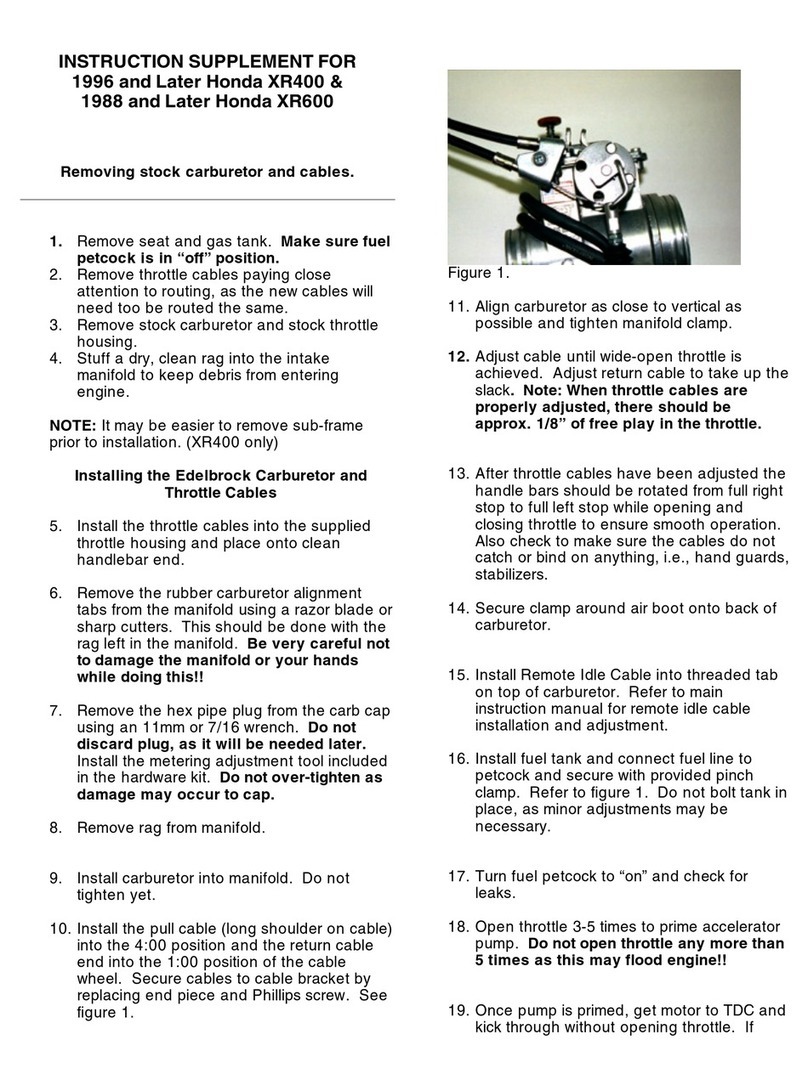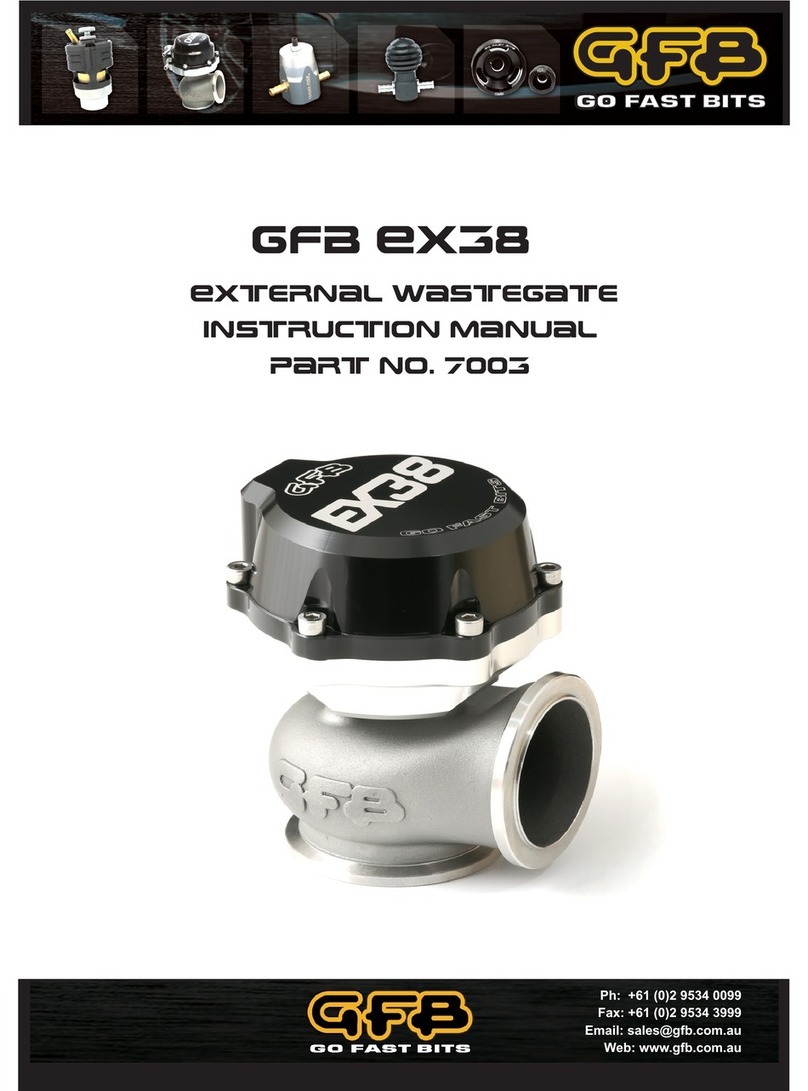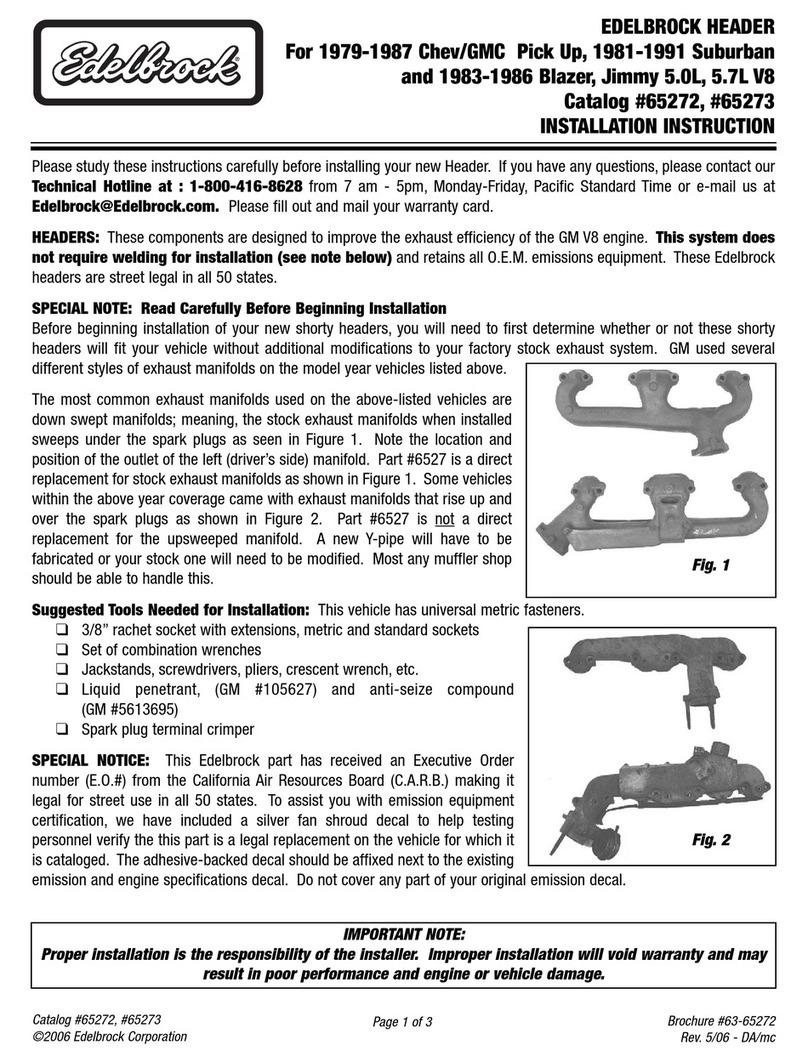
Montageanleitung | Fitting Instructions
de Allgemeine Hinweise für den Aus-/Einbau von Servolectric
en General Notes for Removal/Installation of the Servolectric
fr Consignes générales pour la pose/dépose du Servolectric
es Indicaciones generales para el desmontaje/montaje de Servolectric
7805 M 2015-12 de/en/fr/es V03 TDM 004000231004 1 / 16
7805 M 2015-12 de/en/fr/es V03
08.12.2015
Allgemeine Hinweise für den Aus-/Einbau von Servolectric EPSdp
Typ 7805 | Gen3
1Benutzerhinweise
1.1 Sicherheitshinweise
Die vorliegende Anleitung soll dazu beitragen, die notwendigen Wartungs- und Instandsetzungsarbeiten an
dem Bosch Automotive Steering-Aggregat fachgerecht auszuführen.
Bevor mit der Inspektion und Instandsetzung begonnen wird, ist zuerst die vorliegende Anleitung durchzulesen.
Nach Beendigung der Instandsetzungs- und Inspektionsarbeiten muss sich das Fachpersonal davon
überzeugen, dass das Produkt wieder einwandfrei funktioniert.
Bosch Automotive Steering-Produkte dürfen nur in Werkstätten instandgesetzt werden mit:
- von Robert Bosch Automotive Steering GmbH geschultem Personal
- vorgeschriebenen Einrichtungen und Sonderwerkzeugen
- Original Bosch-Ersatzteilen
Diese Anleitung gehört nur in die Hand der Meister und Monteure, deren praktische und theoretische
Ausbildung in unserem Global Service Training Centre durch dieses Nachschlagewerk und durch
Serviceinformationen ergänzt wird.
Es dürfen nur die in der Anleitung aufgeführten Arbeiten am Lenkgetriebe durchgeführt werden. Zusätzliche
Veränderungen oder Bearbeitungen sind nicht zulässig und können einen sicherheitskritischen Mangel
hervorrufen.
Sollten in Ausnahmefällen abweichende Arbeiten erforderlich sein, so erfolgt eine separate Information, die nur
für diesen Fall gültig ist, z. B. eine Serviceinformation.
Arbeiten an Bosch Automotive Steering-Aggregaten sind mit größter Sorgfalt und Gewissenhaftigkeit
vorzunehmen. Dies gilt besonders für Aggregate und Übertragungsteile aus Unfallfahrzeugen.
Bei der Demontage von Hydraulikaggregaten muss die enthaltene Betriebsflüssigkeit (z. B. Schmierstoff)
möglichst rückstandsfrei abgelassen und der innerbetrieblichen Entsorgung zugeführt werden.
Alle nicht mehr wiederverwendbaren Metalle sind stofflich zu verwerten. Sonstige Teile (z. B. Dichtteile) sind auf
Basis der jeweils gültigen Vorschriften zu entsorgen.
Der Hersteller haftet nicht für Schäden und daraus resultierende Folgen wegen unsachgemäßer und
unfachmännischer Reparatur.
Die in Klammern aufgeführten Zahlen verweisen auf die in den Abbildungen verwendeten Bildnummern.
Robert Bosch Automotive Steering GmbH
73522 Schwäbisch Gmünd
Germany
Telephone +49 7171 31-7936
global.service@bosch.com
https://steering-service.com
